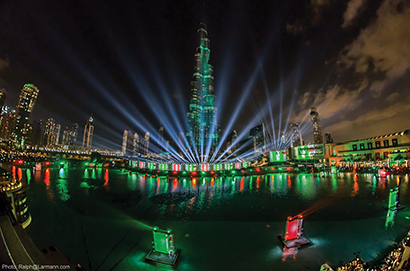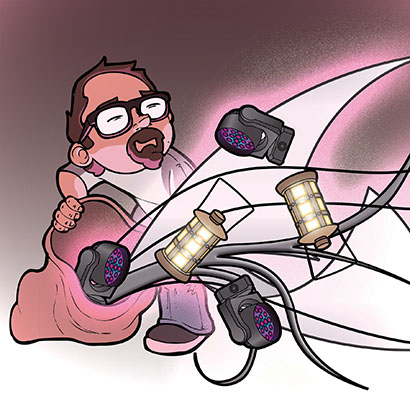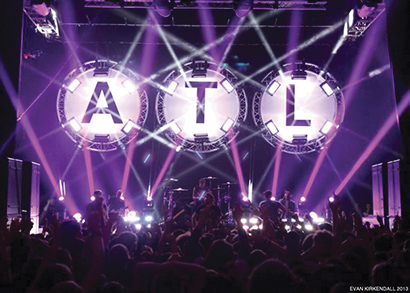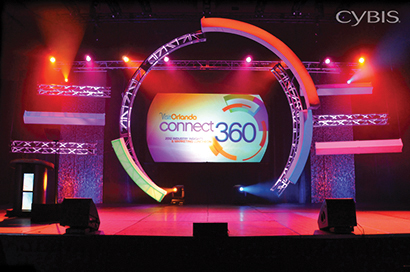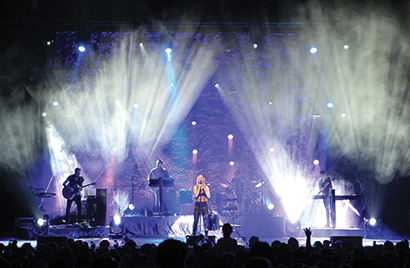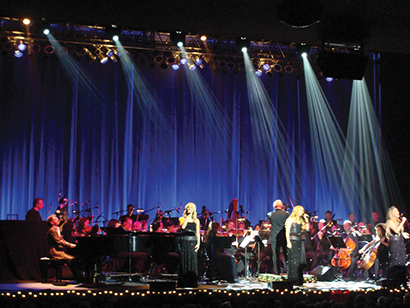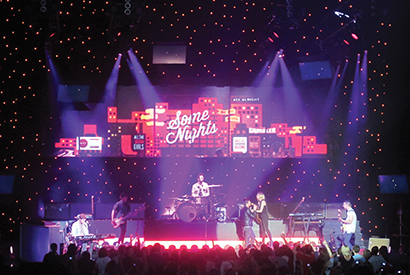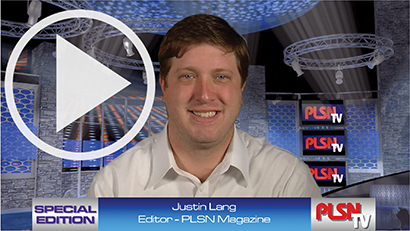Projection vs. Panels and Screens
Until recently, projection video and LCD video displays were easily perceived as two distinct silos, separated as much by scale as by technology. Sure, a 50-inch LED-backlit LCD panel looked equally impressive in either a sports bar or in someone’s living room, but it was an entire league away from a 20-foot diagonal HD projection. But then LCDs began getting bigger and better — LG’s 100-inch screen leapfrogged Sharp’s 84-inch and then 90-incher, after which Sharp fought back with a 108-inch Aquos — and Christies tile-based video walls can scale to sizes almost as wide as can be imagined, all while substantially outshining projection video and at a competitive cost.
